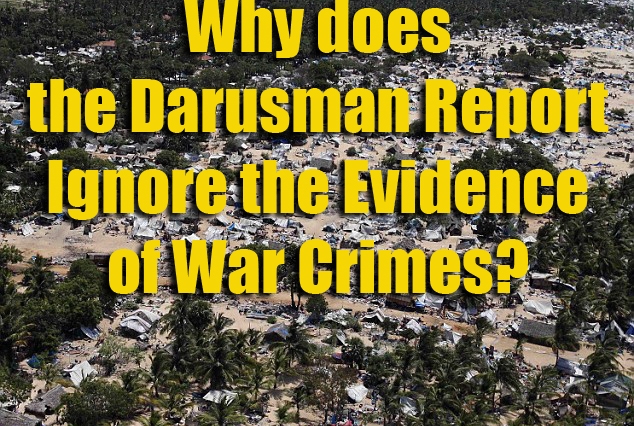Unfortunately, much of history is written by journalists. And Gota’s War is no different. If you’re looking for a military history of Sri Lanka’s war, this is not the book for you. In fact, that book has yet to be written. CA Chandraprema looks at the conflict through the lens of the media — the incidents and events that drew the newspaperman’s eye; albeit a rather right-of-centre Sinhalese nationalist newspaperman. Make no mistake, this is an important book; if for no other reason than that it is the first since the end of the war to cover the conflict in its entirety.
Chandraprema’s use of Gotabhaya Rajapakse’s truncated name in the title, and the description, The Crushing of Tamil Tiger Terrorism in Sri Lanka, is slightly misleading, giving the impression that the book is simply about the Defense Secretary’s role in the final few years of the war. In fact, what Chandraprema does is to use Gotabhaya as both a counterpoint and a parallel to the narrative, particularly in the early stages of the war, when Gotabhaya was a young SL Army officer. Gota’s War is both history and biography, but it is not a natural coupling, and Chandraprema’s attempt to do both in one piece, cripples the scope of the book as a historical work.
In order to keep Gotabhaya central to the narrative, Chandraprema is forced to keep the trench-level view of the war narrow, while looking at some events – the JVP uprisings, the political infighting between the Rajapakses and their opponents – with a detail that is superfluous to the war against the Tamil separatists. Naturally, because of this, the early military confrontations between the Armed Forces and the separatists is confined to descriptions of operations carried out by the Gajaba Regiment, the unit Gotabhaya served most of his military career with. Similarly, this focus on Gotabhaya naturally prevents him examining some of the other influential characters that a true history should have. This is particularly clear in the almost non-existence of Gen Sarath Fonseka in Gota’s War. When he does make a rare appearance, he is depicted, at best, to be a rather passive figure and, often, as a hindrance to the dynamic and practical defense secretary. Fonseka, in Chandraprema’s view, is a Montgomery to Gotabhaya’s Patton, plodding and rigid, petty and selfish. In this, the author has done both Fonseka and his book a great disservice, and is akin to writing the history of the Second World War and leaving out Eisenhower or MacArthur. Similarly, many of the other military officers examined – senior to Gotabhaya the soldier and subordinate to Gotabhaya the defense secretary – are largely those who had the most influence on him. While this is acceptable in a biography, it is certainly not in a history.
The converse of this is that Gotabhaya often disappears from the narrative for long periods, particularly in the ‘80s and ‘90s, when his character isn’t central to events. We have very little indication of Gotabhaya’s personality, or the motivations that drove him; almost nothing of Gotabhaya Rajapakse the man; beyond the most superficial of sketches. This too is a deep flaw in Chandraprema’s book. At the end of Gota’s War, we know hardly more of the defense secretary than we knew at the beginning.
Chandraprema has also come under criticism, both from within the SL Army and without, for playing favourites in his book; for focusing on the feats of certain military officers, unfairly criticizing others, and completely ignoring still others. I will not dwell on this because every author has his own slant and viewpoint, and is entitled to it. To examine motive would be to review CA Chandraprema rather than his writing, and that is not the point of this article. I have mentioned the treatment of Fonseka simply because it is so glaring and obvious a failing.
One thing Chandraprema can be certainly complimented on is his writing style. Gota’s War is 504 pages long, and looks rather daunting when first picked up. However, it is very readable even if you’re not a history buff. The prose is smooth and conversational, the chapters no more than half a dozen pages in length, as fast paced as a novel, and devoid of the stuffiness, cliché, and archaic language many Sri Lankan authors of histories and memoirs feel obliged to write in. Chandraprema even manages to infuse a certain amount of sardonic humour to his writing. The book is solidly bound, and the cover is attractive, if rather unimaginative. The book could do with some better maps, however, in place of the hand-drawn ones at the back, which give no indication of the frontlines, the Tiger- and government-held areas, or the direction of offensives described by Chandraprema.
Continue reading “Chandraprema’s War – a Review of Gota’s War“












